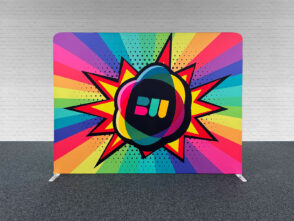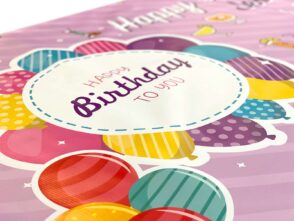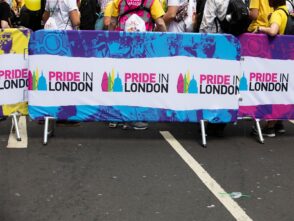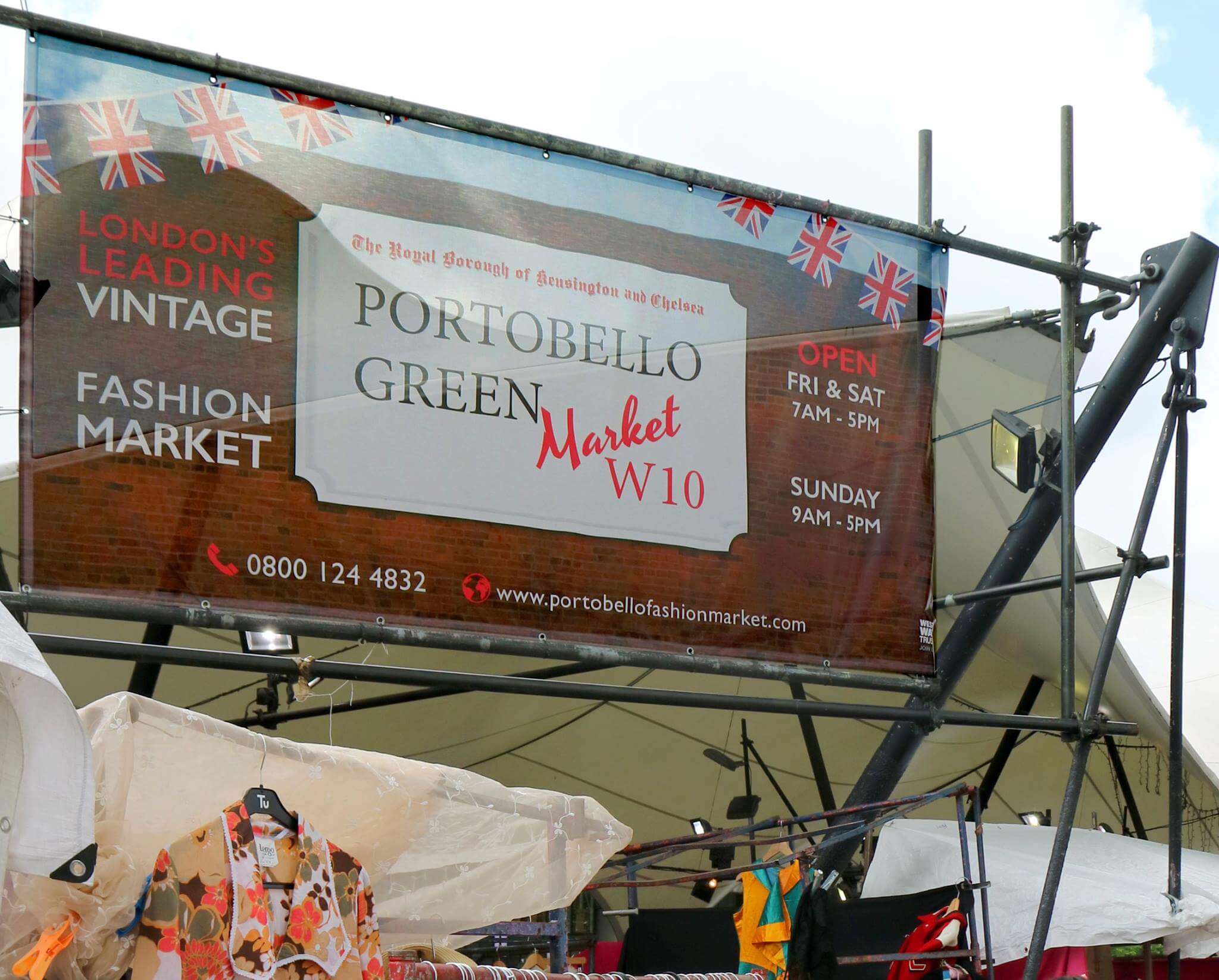What are DPI and PPI?
DPI and PPI mean the same thing except for the context.
DPI refers to physical printed items, so dots per inch (the number of ink drops per square inch of media).
PPI (Pixels per inch) is the resolution of a digitally created image, i.e. the number of pixels per square inch of digital artboard area, as seen on a screen.
In this blog, we look at the reasons why you should treat DPI / PPI differently from job to job.
We will always check that your files are suitable before production.
As standard procedure, we check your files for resolution and sizing issues before production. If our pre-press team notice that your artwork isn’t suitable, we will notify you before printing. Rest assured that we will not print your items if we find a problem.
What is the best resolution for large format printing?
Large format print resolution is somewhat of a grey area. The reason for this is that every banner or sign is generally never the same size. At Bannerworld, we print items anywhere from 1sq metre right up to banners which are upwards of 1000 sq metres of material. The difference in size means that each time you create an artwork, you should treat DPI differently.
Why is the resolution setting on large format printing such a grey area?
We create printed backdrops for theatres, shows and music concerts around the world. As we have just discussed the size of your large format graphics, we can now explain the application of the graphics and the use of the graphics. There are though exceptions to the rule. Sometimes we would accept a lower quality file.
Some poorer dpi quality artworks might be acceptable in the below circumstances.
- The viewing distance is far away so low resolution won’t be noticed.
- The image file contains no text or fine detail
- The image contains no definition or is a texture or gradient
- Might be a background image and include little or no definition.
- The item will be viewed in a dimly lit area.
Why is large format DPI much lower than stationery printing?
There is a stigma attached to printed graphics that dpi should be 300 PPI (DPI). 300 PPI (DPI) resolution is more common on small printed products, i.e. business cards or leaflets. These items are printed at 300 PPI (DPI) because of the small size and the close viewing distance.
Does my artwork need to be 300dpi?
No. 300dpi is unnecessary, and we will downscale most files sent to us larger than 150dpi. Artwork will never need to be 300dpi. Ask yourself this question. Would you look closely at a large format print as you would a business card? A Business cards purpose is to be small enough to fit in a pocket or wallet and for the information to be crystal clear when viewed up close. Large format graphics would never be scrutinized that in that way. The larger the graphic, the more it will need to be viewed from a distance.
On larger banners and graphics PPI (DPI) can be reduced significantly. Ideally resolution on small to medium graphics should be around 100-125 PPI (DPI), while on larger graphics (say 10m x 1m) a resolution of 80 PPI (DPI) (80 PPI (DPI) will be more than adequate.
What is the best resolution for large format printing?
Small and medium-sized graphics up to 5 square metres
100-125 PPI (DPI)
_____________
Large-sized graphics over 5-50 square metres
50-100PPI (DPI)
_____________
Supersized graphics 50 square metres+
30-50PPI (DPI)
DPI settings on artworks set to a specific scale
If you are creating artwork, for example, 1:10 scale (10%) then your images will need to be a higher resolution on a pro-rata scale
For example.
- Artwork for a 10m x 1m banner
- The artwork is set at 10%
- At full-size Dpi would be 100dpi.
- As the file is 10% we need to x10 the dpi
- DPI should then be 1000dpi
So a 10m x 1m banner set at 10% resolution should be around 1000dpi










